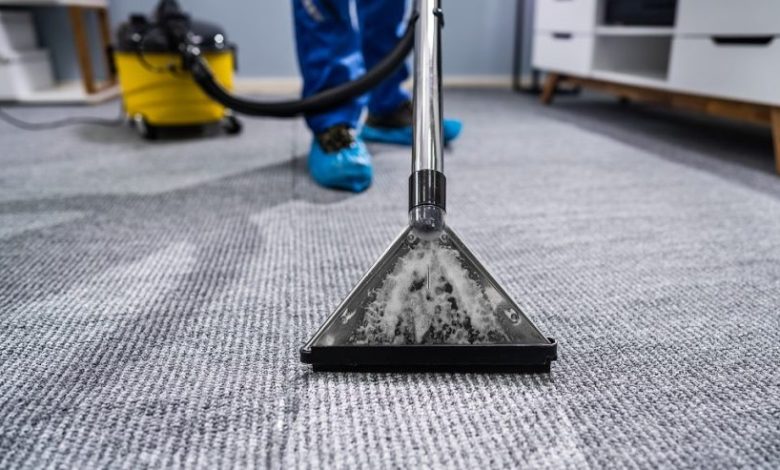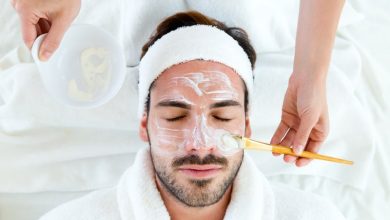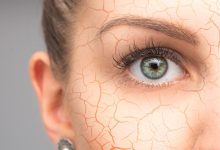Understanding Water Extraction Techniques for Effective Damage Control

Water damage is one of the most common and destructive issues a property owner can face. It can occur due to various reasons, including flooding, burst pipes, or natural disasters. Regardless of the source, water can wreak havoc on your home, damaging walls, flooring, and furniture, as well as promoting the growth of mold and mildew. To mitigate these effects and restore your home, effective Water extraction techniques are essential. This article explores various methods used by professionals to address water damage and ensure a complete and thorough restoration.
The Importance of Immediate Water Extraction
When water infiltrates a property, time is of the essence. The longer water remains in contact with materials like drywall, wood, and carpets, the greater the damage it causes. Immediate water extraction is critical to minimizing long-term damage, preventing structural weakening, and reducing the risk of mold growth. By removing water quickly, you reduce the chances of contamination and mitigate any potential health risks associated with standing water. Professionals use specialized equipment to quickly remove water from the affected areas, initiating the drying process and stopping further damage.
Types of Water Damage and Their Implications
Before diving into the extraction methods, it is important to understand the types of water damage that may be encountered. There are three general categories of water damage: clean water, gray water, and black water. Clean water comes from sources such as broken pipes, rainwater, or appliance malfunctions. While it is less likely to pose a health risk, it can still cause significant property damage. Gray water, which contains contaminants from sources like sinks and washing machines, requires more careful handling due to potential health hazards. Black water, often resulting from sewer backups or floodwaters, is highly contaminated and requires immediate, professional intervention to avoid serious health risks.
The extraction techniques used will vary depending on the type of water involved. For clean water, the process is generally straightforward, but gray and black water require more intense methods to ensure that all contaminants are removed and surfaces are sanitized.
Water Extraction Equipment: Tools of the Trade
To effectively remove water, professionals rely on a range of specialized equipment. The primary tools used for water extraction include pumps, wet vacuums, and dehumidifiers. Submersible pumps are often used to remove standing water from large areas, such as basements or flooded rooms. These pumps are efficient and can quickly remove water that is several inches deep.
Wet vacuums are also commonly used in the water extraction process. These vacuums can be employed to remove water from smaller areas, such as carpets and upholstery, where traditional pumps may not be as effective. They are also helpful for extracting water from hard-to-reach spaces like corners and crevices.
After the water is removed, dehumidifiers come into play. These machines are crucial for drying out the air and surfaces, helping to prevent the growth of mold and mildew. Dehumidifiers work by drawing moisture from the air and materials, reducing the overall humidity levels in the affected space. This step is essential to complete the water extraction process and ensure the property is thoroughly dried.
Drying Techniques and the Role of Air Movers
Once the bulk of the water has been removed, drying becomes the next priority. It is crucial to dry out all surfaces, especially in areas that may not be immediately visible, such as behind walls or under flooring. Specialized air movers are used to speed up the drying process. These high-powered fans circulate air throughout the room, facilitating evaporation and reducing moisture buildup.
Air movers are particularly effective for drying carpets, hardwood floors, and other porous materials. By directing a steady stream of air onto affected surfaces, they help speed up the drying time and ensure that no moisture remains trapped in hidden corners. These machines are typically used in conjunction with dehumidifiers to create an optimal environment for drying and moisture removal.
The Role of Moisture Detection in Water Extraction
Water can hide in places where it is not immediately visible, making it challenging to fully assess the extent of the damage. Moisture detection tools play an important role in identifying hidden water pockets that could cause future damage. Professional water extraction services use moisture meters and infrared cameras to scan walls, floors, and ceilings for traces of moisture.
Moisture meters provide real-time readings of the water content in materials, helping technicians understand the level of saturation in various surfaces. Infrared cameras are invaluable for detecting hidden water behind walls or beneath flooring. These cameras can reveal temperature differences that indicate the presence of moisture, allowing restoration teams to focus their efforts on the most affected areas and prevent future issues like mold growth.
Sanitization and Deodorization in the Water Extraction Process
Water extraction is not just about removing water; it also involves cleaning and sanitizing the affected areas to ensure the health and safety of the property’s occupants. When dealing with gray or black water, the importance of sanitization cannot be overstated. Contaminated water can carry harmful bacteria, viruses, and chemicals that pose significant health risks.
Restoration professionals employ specialized cleaning agents and sanitizing products to disinfect surfaces. In some cases, antimicrobial treatments are applied to prevent mold and mildew growth. Deodorization is also an important part of the process. Even after water is extracted and surfaces are cleaned, odors from dampness or contamination can persist. Restoration teams use air scrubbers, ozone machines, and other odor-neutralizing methods to eliminate any unpleasant smells and leave the property smelling fresh.
How Professionals Ensure Long-Term Success
Water extraction is only the first part of the equation. To achieve long-term success in water damage restoration, professionals must address the underlying causes of the water intrusion, ensure proper drying, and repair any structural damage caused by the water. Once the extraction is complete, a thorough assessment of the property is performed to identify any areas that require repair.
In some cases, water may have compromised the integrity of the building’s structure, causing issues such as weakened floors, warped walls, or damaged ceilings. Restoration teams will address these issues by replacing damaged materials and reinforcing structural components as needed. Ensuring that the property is completely dry and free of moisture is crucial to preventing future problems like mold, rust, or further degradation of building materials.
The Importance of Hiring a Professional for Water Extraction
While some homeowners may attempt DIY water extraction using household tools like mops and towels, it is always best to hire a professional water restoration company. These experts have the experience, equipment, and knowledge to handle water extraction in a way that minimizes damage and ensures a thorough restoration. They are trained to deal with all types of water damage, from clean water to hazardous black water, and follow industry standards to ensure the safety of both the property and its occupants.
Additionally, professionals have access to state-of-the-art equipment that can perform water extraction and drying more effectively than anything available to the average homeowner. They are also familiar with the proper protocols for sanitization and deodorization, ensuring that the property is both safe and habitable after the restoration process.
Conclusion
Water extraction is a critical first step in addressing water damage in any property. By employing specialized techniques and equipment, professionals can swiftly remove water, dry affected areas, and prevent further damage. The importance of timely water extraction cannot be overstated, as it minimizes the risk of mold growth, structural damage, and health concerns.
While the water extraction process is complex, it is essential for ensuring a full recovery after water damage. By working with experienced restoration professionals, property owners can rest assured that their homes will be returned to their pre-damaged state. Whether it is a small leak or a major flood, water extraction techniques play an integral role in mitigating the effects of water damage and restoring peace of mind.









